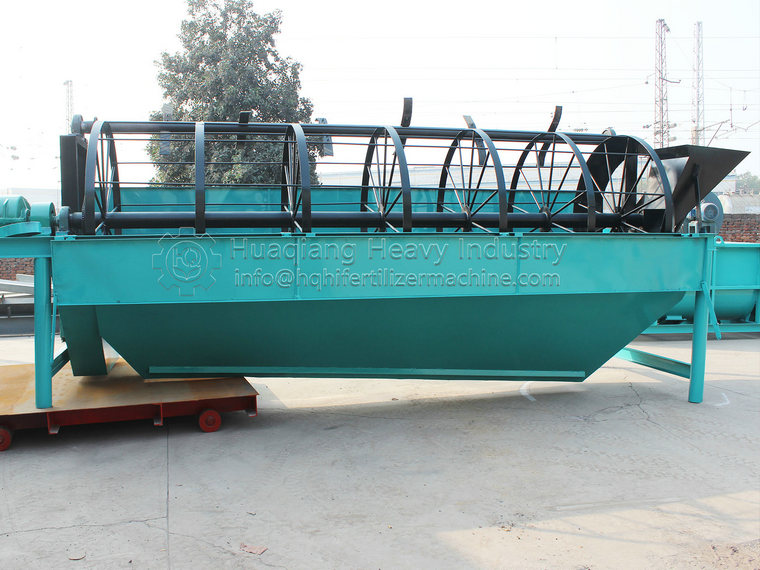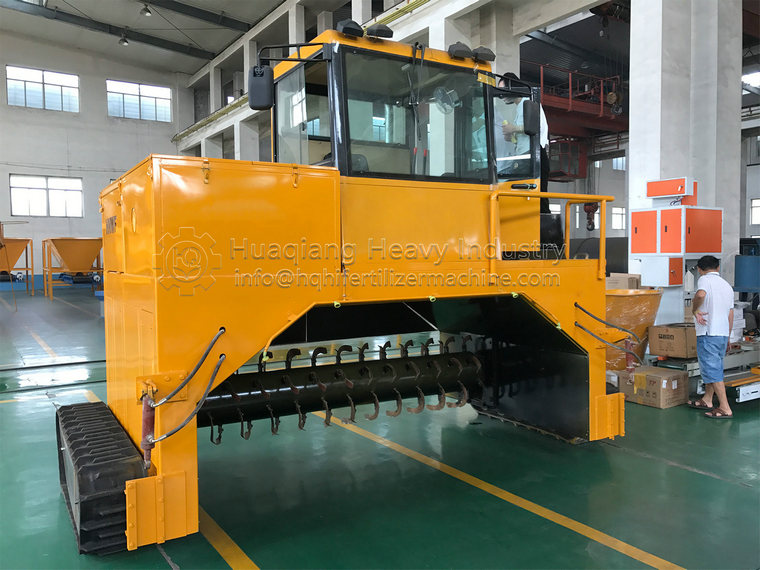How to clean the organic fertilizer drum sieve machine after granulation
Roller screen machine is often used in the production of organic fertilizer compound fertilizer, the main work is to complete the granulation, and has completed the drying and cooling, the fertilizer screening, the non-specification fertilizer screening out again for granulation. And screening machine is mainly divided into drum screening machine and vibration screening machine, because in the work is often fine work, so it is easy to produce a lot of dust, we all know that dust will not only cause pollution to the environment, but also cause great damage to the machine bearing, Huaqiang Heavy Industry for you to briefly introduce some roller screen machine bearing how to clean the main points are as follows:
1. Before cleaning, it is necessary to remove the bearing and soak it in gasoline or kerosene at 100 degrees Celsius for half an hour. Its main purpose is to melt the grease on the bearing surface.
2. Wait until the bearing is soaked well, use professional cleaning tools to clean the machine, clean the bearing inner ring, rolling body, etc., but also clean the machine body.
3. When cleaning the bearing, it is necessary to pay attention to slowly rotating the outer ring of the bearing, so as to effectively clean it. After cleaning, the bearing will be dried and coated with a little lubricating oil for convenient installation.
The above is the detailed steps of the drum screen machine manufacturer to clean the bearing. I hope it can help you. Welcome to call for advice at any time.



.jpg)

.jpg)


